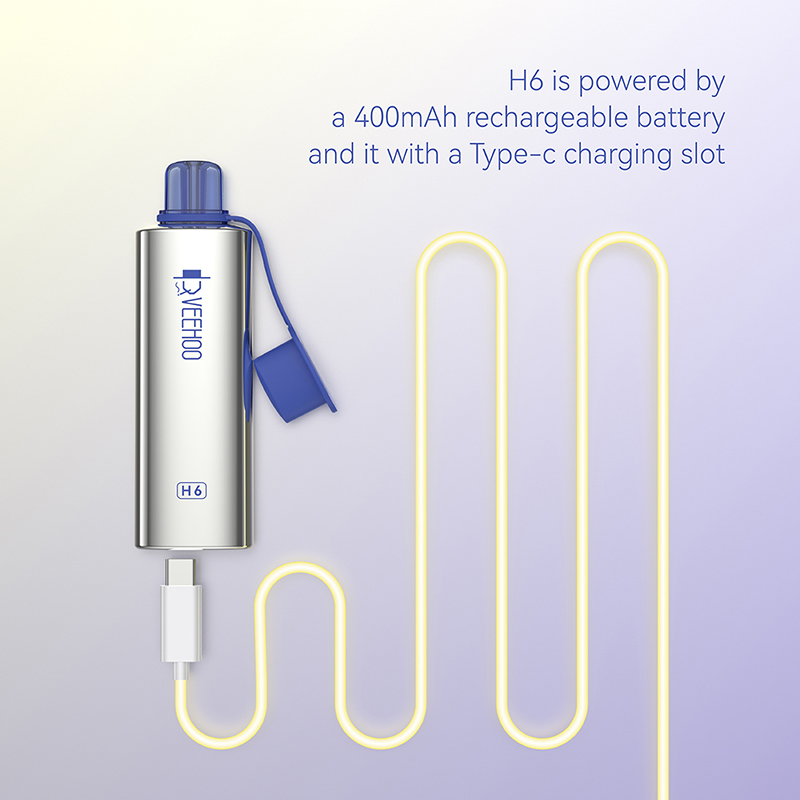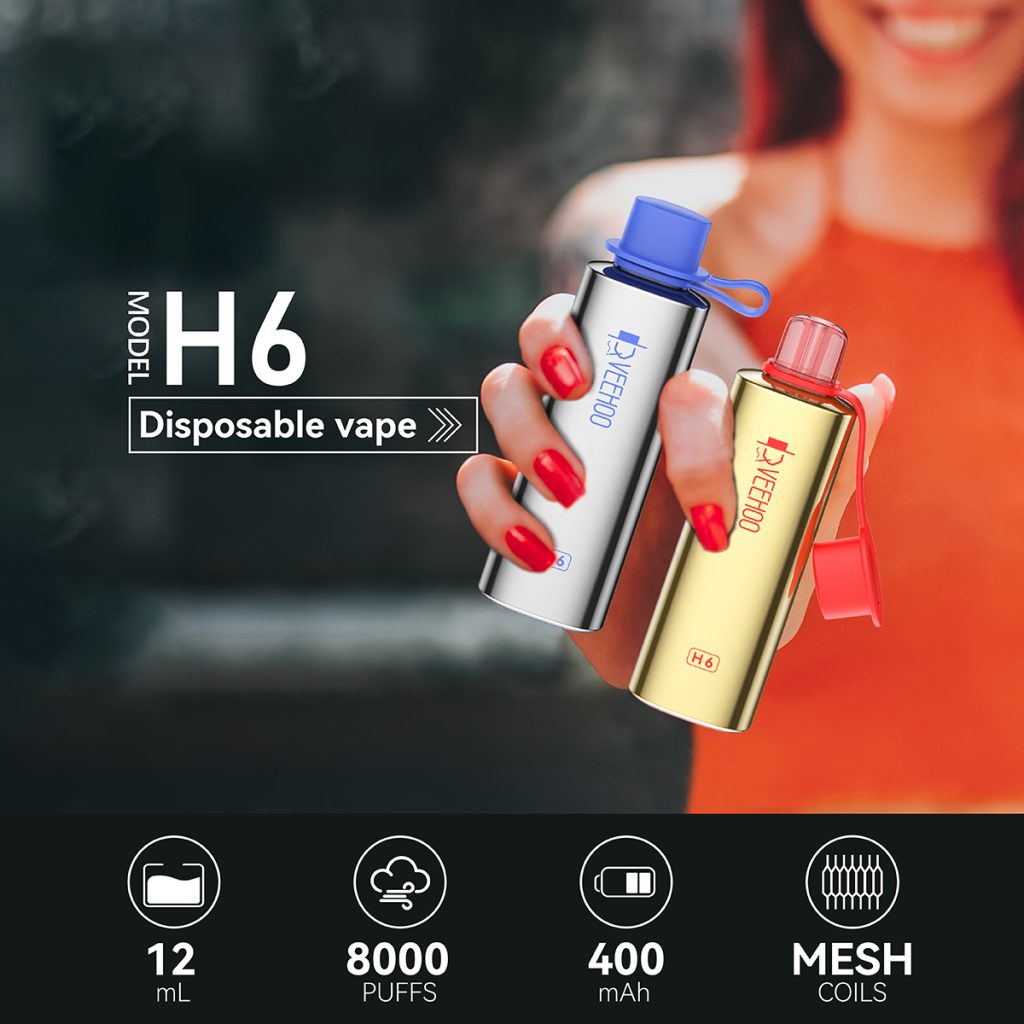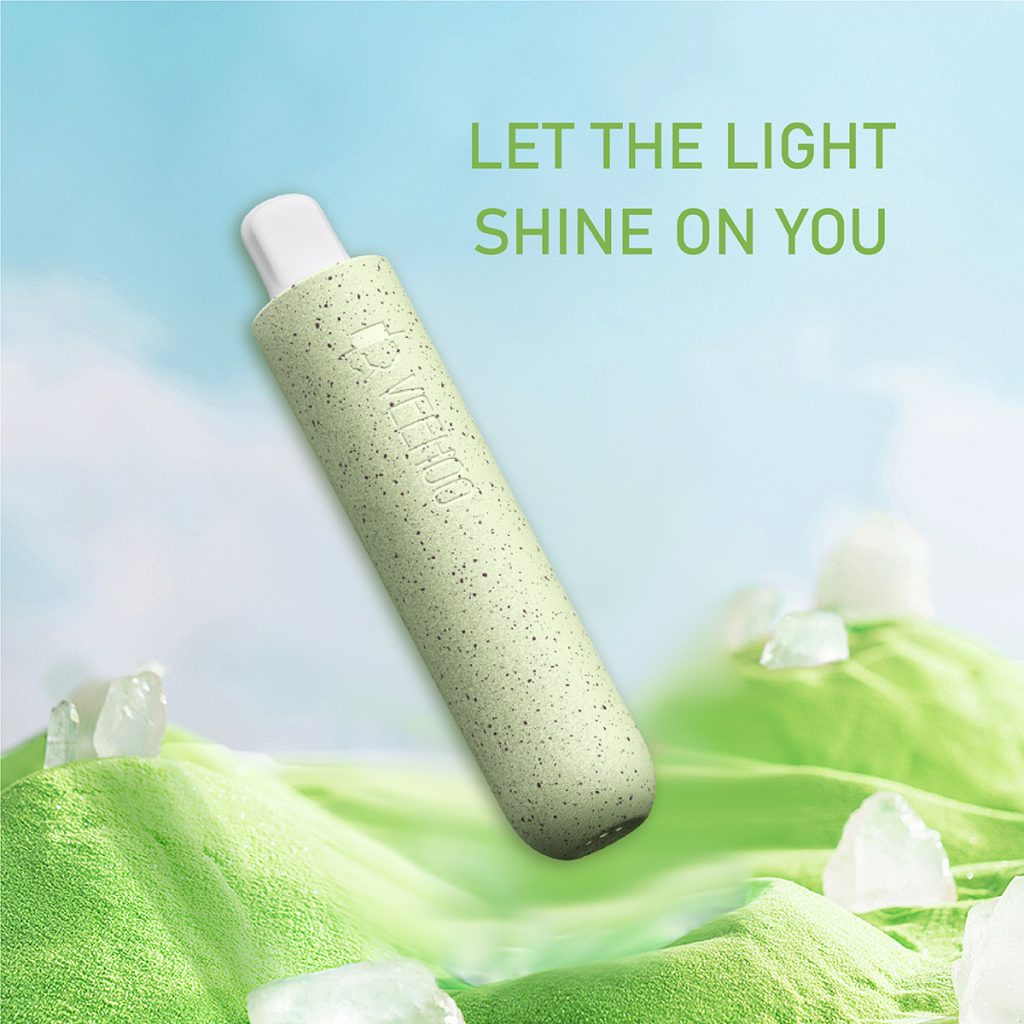In recent years, the health risks of secondhand smoke have been widely discussed and recognized. However, as vapes have grown in popularity, concerns have arisen about whether breathing second-hand vapor can cause similar health hazards. This article will explore what secondhand vapor is, what’s in it, and whether secondhand vapor is dangerous.
1. What is second-hand steam?
Secondhand vapor refers to the gas produced and released into the air by vapes or other electronic nicotine delivery systems. Unlike traditional cigarettes, vapes do not burn tobacco but instead heat a liquid (usually containing nicotine) to create vapor. The chemicals in these vapors may be inhaled by those around you, creating second-hand vapors.

2. What’s in second-hand steam?
vape liquids typically contain nicotine, glycerin, propylene glycol, and flavors. Nicotine is an addictive substance, and glycerin and propylene glycol are the main ingredients in the vapor. Additionally, some flavors and additives in vape liquids may also be released as vapor. Although vape liquids contain fewer ingredients than traditional tobacco products, there are still some potential health risks.
3. Is second-hand steam dangerous?
There is ongoing debate over whether and how dangerous second-hand vapor is. Although some studies have shown that the second-hand vapor released by vapes contains lower concentrations of harmful substances than traditional cigarettes, there are still some potential health risks.
In Public Health England’s updated 2018 evidence review, the agency’s experts analyzed several new studies on passive exposure published since the original 2015 PHE vape report. They again concluded: “To date, no health risks to bystanders from passive vapes have been identified.”

Igor Burstyn’s study of the possible dangers of second-hand vapes sought to “estimate potential exposures to aerosols generated by vapes and compare these potential exposures to occupational exposure standards.” He concluded: “Bystander exposure is likely orders of magnitude lower and therefore does not cause significant concern.”
The order of magnitude is a multiple of 10. So, 10, 100, 1,000, 10,000, etc. What Burstyn means is that the level of exposure to toxic chemicals in second-hand vapor is so mild that it doesn’t pose a real threat. Whatever the risk to the user themselves, the risk to bystanders is 10 times or 100 times or even 1,000 or 10,000 times lower.
Does this necessarily mean that vape users should be free to vape anywhere without regard to the wishes of others? No!
Even if it cannot be proven that second-hand vapes are harmful to others, the concerns of family and friends need to be respected. Obviously, vapers should be polite and take the vape outside if a spouse or visitor objects. Obviously, if anyone in your home suffers from asthma or other respiratory conditions, it’s best to avoid second-hand vapes, as PG and some flavorings are known to irritate the respiratory tract.
Of course, children cannot make informed choices about what they breathe, so vapers should use good judgment and be more cautious than they would be with adults. There are no second-hand vapor studies that specifically measure lung function in infants or young children after daily inhalation of vapes. vape users should not experiment on their children.
First, nicotine is one of the main ingredients in vape liquids, and its presence in second-hand vapor may have an impact on the body. Nicotine is an addictive substance that affects the central nervous system and may cause cardiovascular problems. Therefore, long-term exposure to second-hand nicotine vapor may have negative health effects, especially in children and adolescents.

Secondly, although glycerin and propylene glycol in vape liquids are considered relatively safe ingredients, some harmful substances, such as volatile organic compounds and heavy metal particles, may be produced in the vapor produced by heating. Long-term exposure to these substances may cause damage to the respiratory and cardiovascular systems and increase the risk of respiratory infections and other health problems.
In addition, some flavors and additives in vape liquids may break down during the heating process to produce harmful chemicals. While the specific effects of these chemicals are still being studied, there are some studies showing they may have harmful effects on the lungs and other organs.
To sum up, although the concentration of harmful substances in the second-hand vapor released by vapes is lower than that of traditional cigarettes, there are still some potential health risks. Long-term exposure to second-hand nicotine vapor can have negative effects on the body, especially in children and adolescents. In addition, volatile organic compounds, heavy metal particles, and harmful chemicals produced by decomposition may be present in the vapor generated by heating. Long-term exposure to these substances may cause damage to the respiratory and cardiovascular systems and increase the risk of respiratory infections and other health problems. risks of.

So while the health effects of second-hand vape vapor have yet to be fully studied and understood, current evidence suggests we should be wary of breathing second-hand vapor. Especially for those who are sensitive to nicotine and chemicals, such as children, teenagers, pregnant women, and people with existing health problems, exposure to second-hand vapor from vapes should be avoided.
In addition, the government and relevant agencies should also strengthen the supervision and control of vapes, and the scope of restricted use places and indoor anti-smoking policies should also include vapes. Educating the public about the potential risks of vapes and providing more scientific evidence and information can help people make informed health choices.
In summary, although second-hand vapor from vapes may contain fewer harmful substances than second-hand smoke from traditional cigarettes, there are still some potential health risks. We should remain vigilant about breathing second-hand vapors and take appropriate steps to reduce the risk of exposure. Protecting the public from the potential hazards of second-hand vapor requires the combined efforts of individuals, society and governments.
Tags: Secondhand vape,Is second-hand vape harmful,Is it OK to vape around kids?
